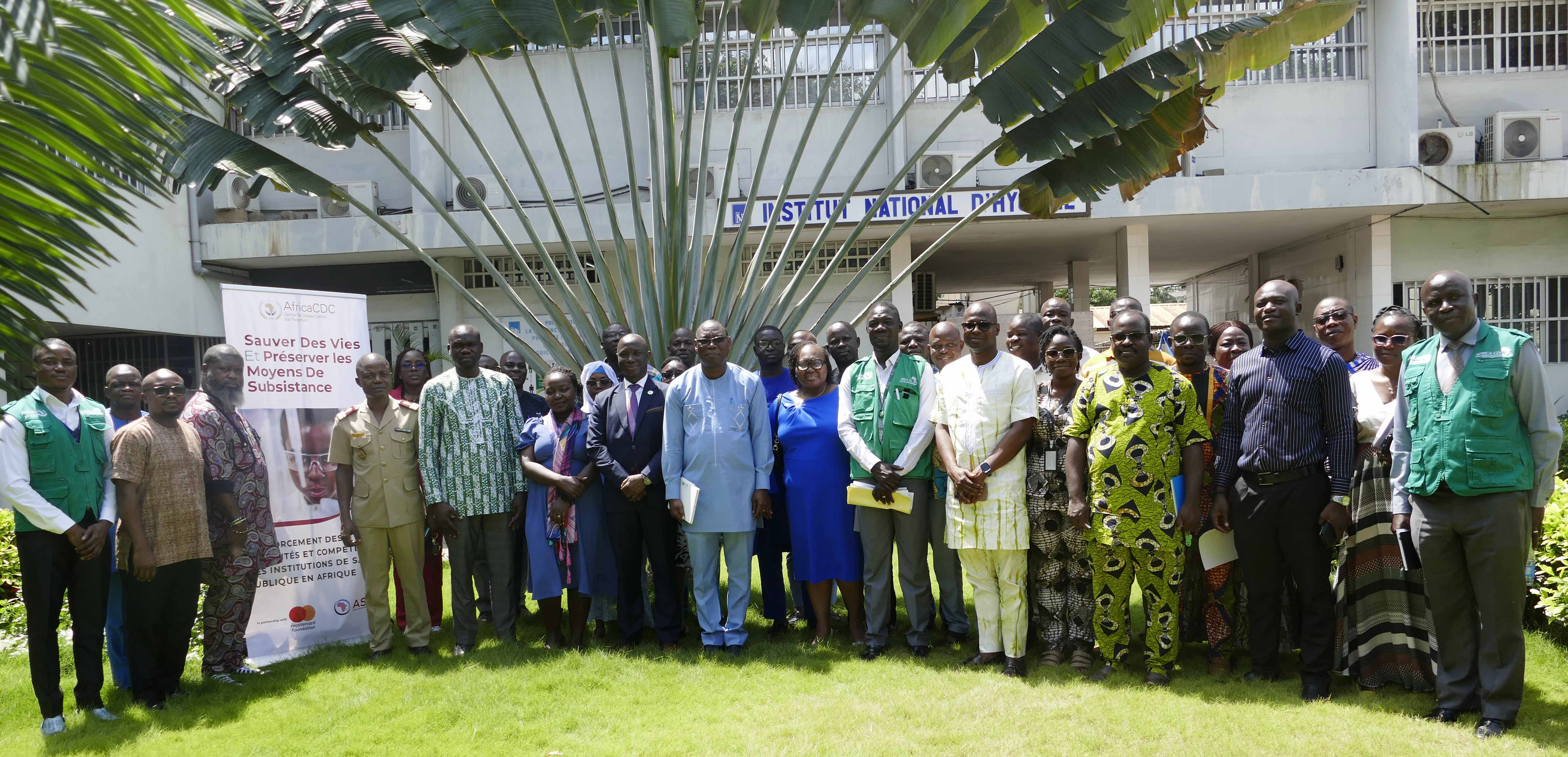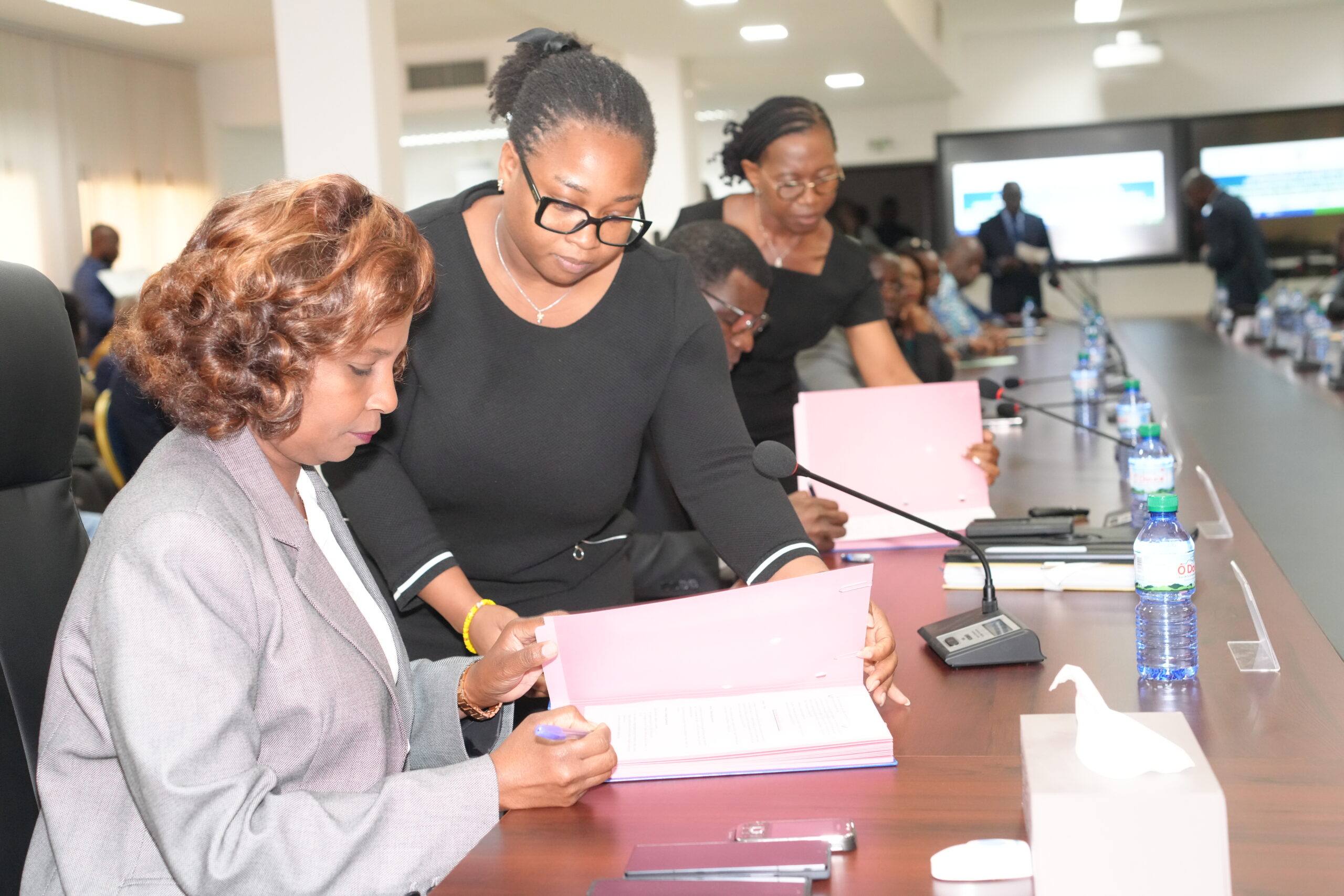World Day "Zero Discrimination": Accentuating the fight against stigma and discrimination in Togo
- Posted on 02/03/2023 09:26
- Film
- By raymonddzakpata@sante-education.tg

Extract from the article: Le Réseau des Associations de Personnes Vivant avec le VIH au Togo (RAS+Togo) a présenté le lundi 27 février 2023 le rapport 2022 de l’Observatoire Droits Humains et VIH. C’était au cours d’une rencontre au siège du Secrétariat Permanent du Conseil N
The Network of Associations of
People Living with HIV in Togo (RAS+Togo) presented on Monday 27 February 2023
the 2022 report of the Human Rights and HIV Observatory. This was done during a
meeting at the headquarters of the Permanent Secretariat of the National
Council for the Fight against AIDS and STI (SP/CNLS-IST) in Lomé. This report
takes stock of cases of stigmatisation of PLHIV in Togo.
The international community
celebrates World Day of Zero Discrimination against People Living with HIV
(PLHIV) every 1st March. To mark this day in Togo, the Network of Associations
of People Living with HIV in Togo (RAS+Togo) presented the report of the
Observatory of Human Rights and HIV (ODH and HIV).
According to the report, women
represent 78% of the victims by gender. More than 7 out of 10 adults over the
age of 25 are victims of stigmatisation or discrimination, and the 15 to 25 age
group is also represented with 22%. It
is observed that acts of stigmatisation and discrimination against people
living with HIV (PLHIV) have decreased slightly.
"The number of cases collected has decreased relatively from 419 to 305,
i.e. a regression of 27%. However, this decrease does not mean that rights
violations against PLHIV have decreased. It should be noted that the collection
of data is not effective in all health facilities, since to date we only cover
100 health facilities throughout the country," explained Dr Amen
Hlomewoo, Coordinator of the Observatory of Human Rights and HIV.
Statistics
from the 2022 report
However, this regression does not
mean that rights violations against PLHIV have decreased. It should be noted
that data collection is not effective in all the country's ECP structures. By
region, Lomé is in the lead with one third of victims of stigma and discrimination
with 33%. This region concentrates the largest number of structures in which
data is collected. In line with the weight of the epidemic at national level,
we note that the four southern regions present relatively high data.
Once again, the majority of
victims of stigma and discrimination come from the community. It is family
members, neighbours and even close friends who violate the rights of PLHIV and
key populations. The forms of violations from the community include verbal
abuse (insults), indexing, rejection.
While we are fighting for zero
tolerance especially in health care settings, the 2022 data shows that the
rights of PLHIV and key populations have been violated in health facilities.
Although the victims represent only 5% of all, this is already a lot to
undermine the enabling environment for care that the country is trying to
build.
Gender-based violence is a form
of stigma and discrimination against PLHIV and key populations. Generally they
are composed of 5 types of violence. The data reported in 2022 show that
psychological and verbal violence are the most common types of violence
suffered by victims. With 10%, physical violence is also well represented, as
well as sexual violence which represents 3%.
In 2022, 81% of victims of stigma
and discrimination received a referral. Of the 254 who were referred, 4% sought
justice and 10% benefited from the expertise of the police. The contribution of
community leaders, particularly traditional chiefs and notables, in resolving
cases is increasingly felt. Thus, 6% of cases were referred to them.
Today, the majority of victims of
stigma and discrimination come from the community, in this case the family,
neighbours or relatives who violate the rights of PLWHA. Stigma and discrimination
hinder the response to HIV. This limits not only prevention, testing, treatment
and adherence services, but also broader sexual and reproductive health
services and services for tuberculosis and other diseases.
For Dr Maaboudou Angèle, inequality
remains the biggest obstacle in the fight against HIV. It is for this reason
that the global strategy to fight HIV is entitled "Ending Inequality, Ending AIDS". "If these discriminations and stigmatizations persist, there will always
be populations at risk," she said.
The forms of violations stemming
from the community are, among others, verbal violence, indexation, rejection.
According to a UNAIDS report, an
analysis of available studies quantitatively measured the negative impact of
stigma and discrimination and the criminalisation of sex work, drug use and
same-sex sexual relations on HIV prevention, testing and treatment efforts, and
found that lack of progress on HIV-related stigma and discrimination would
hamper efforts to reach HIV testing and treatment and viral load suppression
targets, resulting in 440,000 additional AIDS-related deaths between 2000 and
2015. This would result in an additional 440,000 AIDS-related deaths between
2020 and 2030.
Raymond
DZAKPATA




